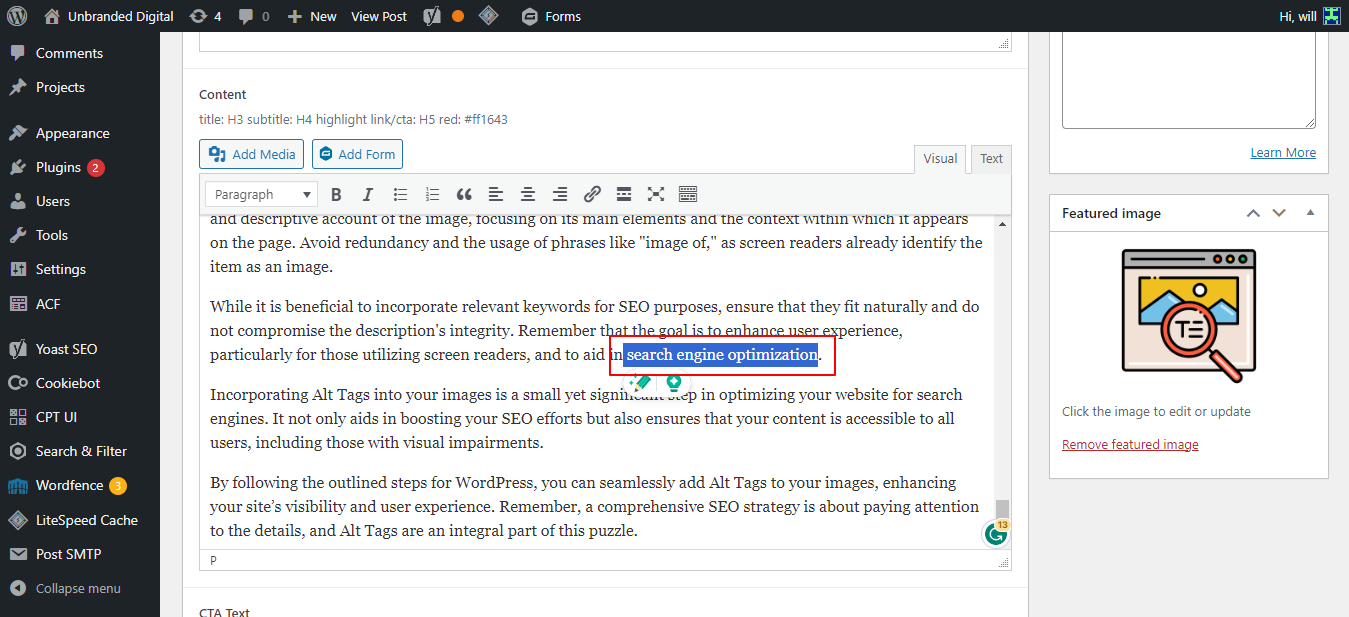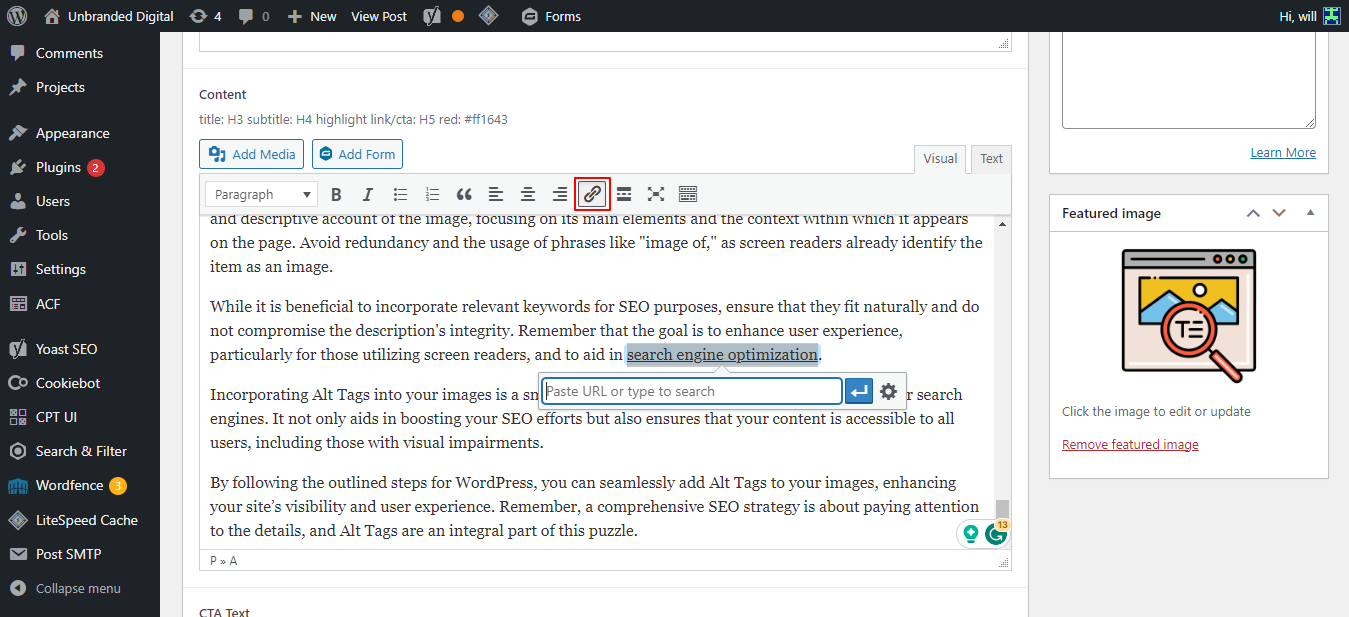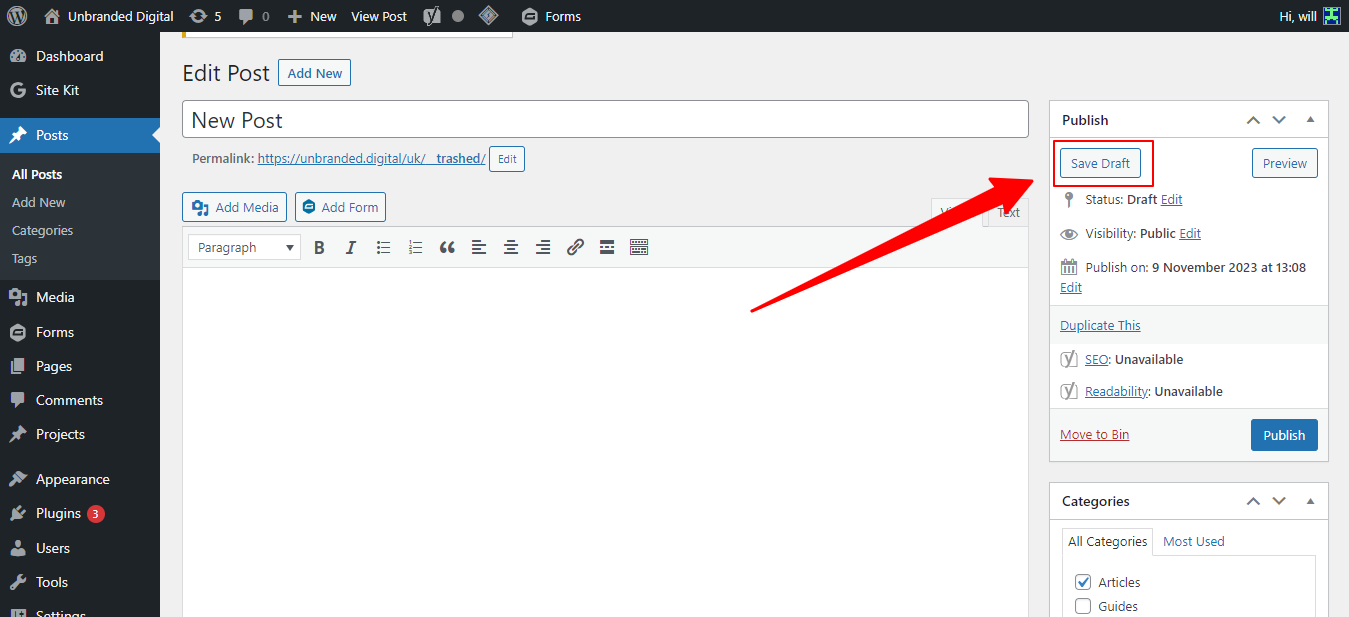Are Internal Links Good for SEO?
Yes, internal links are indeed beneficial for SEO. They help in distributing page authority and ranking power throughout your site, ensuring that your web pages are indexed properly by search engines. This equitable distribution of link equity not only boosts the SEO of individual pages but also enhances the domain authority of your entire website.
Additionally, internal linking aids in establishing a hierarchical structure of your site, making it easier for search engines to crawl and understand the context and relationship between different pages.
How Many Internal Links Per Page for SEO?
While there’s no one-size-fits-all answer to the question of how many internal links should be included on a single page, a balanced approach is key. Overloading a page with internal links can be detrimental, as it can appear spammy to both users and search engines. On the other hand, too few links can result in missed opportunities for boosting your SEO.
A good rule of thumb is to include internal links whenever they are relevant and add value to the user’s experience, ensuring that each link contributes to a cohesive and intuitive site structure.
How to Add an Internal Link in WordPress
Creating internal links in WordPress is a straightforward process, and it can be accomplished in just a few steps:
Step 1 – Edit Your Post or Page: Start by logging into your WordPress dashboard, and navigate to the post or page where you want to add an internal link.

Step 2 – Highlight the Text: Highlight the text you wish to turn into a link. This should be relevant anchor text that gives users and search engines an idea of what the linked page is about.

Step 3 – Insert/Edit Link: Click on the ‘Insert/Edit link’ button in the WordPress editor toolbar (it looks like a chain link).

Step 4 – Paste in the Page or Post: In the pop-up box, paste the URL in making sure it is the correct URL and that it doesn’t have any 301 redirects or noindex tags on it.

Step 5 – Click ‘Add Link’: Once everything is set, click the ‘Add Link’ button.

Step 6 – Update Your Post or Page: Don’t forget to update or publish your post or page to save the changes.

What is the Difference Between ‘Follow’ and ‘No-Follow’ Internal Links?
The difference between ‘Follow’ and ‘No-Follow’ links is a critical aspect of SEO that often confuses many. In essence, a ‘Follow’ link is a standard hyperlink that passes on link equity from one page to another, aiding in the improvement of the target page’s ranking on search engines.
A ‘No-Follow’ link, on the other hand, is a hyperlink that carries the ‘rel=”nofollow”‘ attribute, instructing search engines not to pass on link equity to the target page. ‘No-Follow’ links are typically used when linking to untrusted content or in user-generated content to prevent spam.
You should always use ‘Follow’ links when doing internal linking on your site, it is very rare you will ever use ‘No Follow’ links when linking internal content together.


